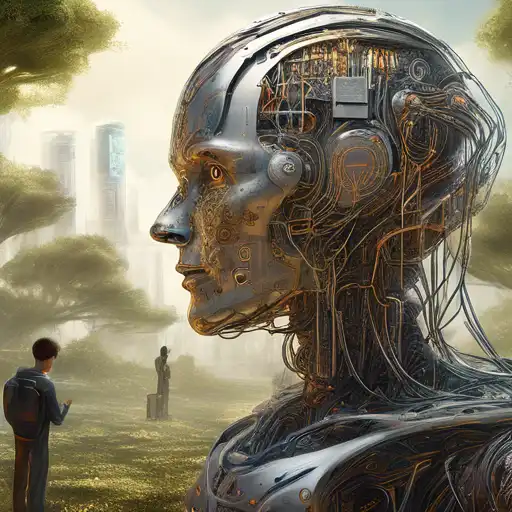Introduction to Natural Language Processing
Natural Language Processing (NLP) stands at the intersection of computer science, artificial intelligence, and linguistics. It enables machines to understand, interpret, and generate human language in a way that is both meaningful and useful. This technology powers a wide range of applications, from virtual assistants to translation services, making it a cornerstone of modern AI.
How Machines Process Human Language
At its core, NLP involves several key steps: tokenization, parsing, semantic understanding, and generation. Tokenization breaks down text into manageable pieces, such as words or phrases. Parsing analyzes the grammatical structure of sentences. Semantic understanding interprets the meaning behind words, and generation involves creating human-like responses.
Applications of NLP
NLP technologies are everywhere. They power search engines, enable voice-activated assistants like Siri and Alexa, and facilitate real-time translation services. In the business world, NLP is used for sentiment analysis, customer service automation, and even in detecting fraudulent activities.
Challenges in NLP
Despite its advancements, NLP faces challenges such as understanding context, sarcasm, and cultural nuances. Ambiguities in language and the ever-evolving nature of human communication also pose significant hurdles for machines.
The Future of NLP
With the advent of more sophisticated machine learning models, such as transformers, the future of NLP looks promising. These models are better at understanding context and generating human-like text, paving the way for more intuitive and seamless human-machine interactions.
For those interested in diving deeper into how machines learn from data, exploring machine learning basics can provide valuable insights.
Conclusion
Natural Language Processing is a fascinating field that bridges human communication and machine understanding. As technology advances, we can expect NLP to become even more integrated into our daily lives, transforming how we interact with the digital world.
